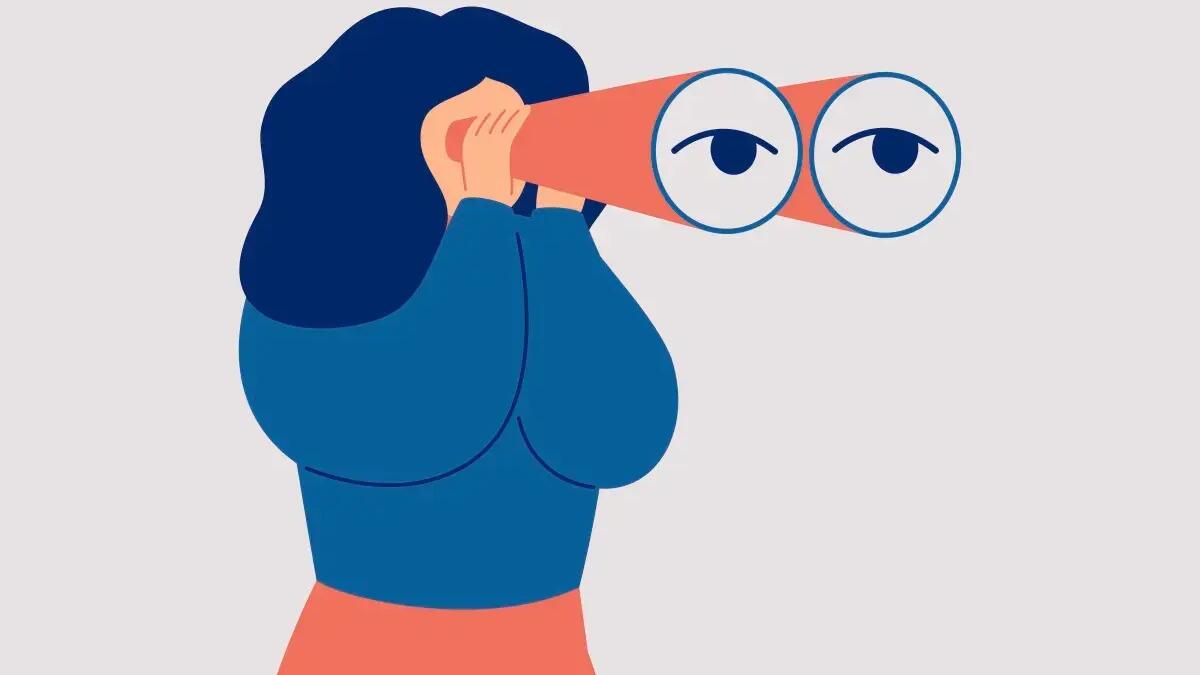Why is the durability of a product important?
Renewing a product less often means making savings from both an economic and environmental point of view. Extending their life span, and therefore reducing their renewal rate, appears to be an essential lever to reduce the environmental impact of each one.
The bonus? You can live a lot of adventures with your product: your backpack will become a faithful travel companion and your bike, a great original vintage edition for your children.
But for the company, you might ask, what is the point? Offering more reliable, more durable products also means generating fewer quality problems and developing real trust between consumers and the brand. Also, developing durable products answers a question that will only become more and more present: how to decorrelate economic growth and environmental impact? Being able to rent, sell second-hand, repair, reuse... products becomes an imperative.
In short, everyone has something to gain.





